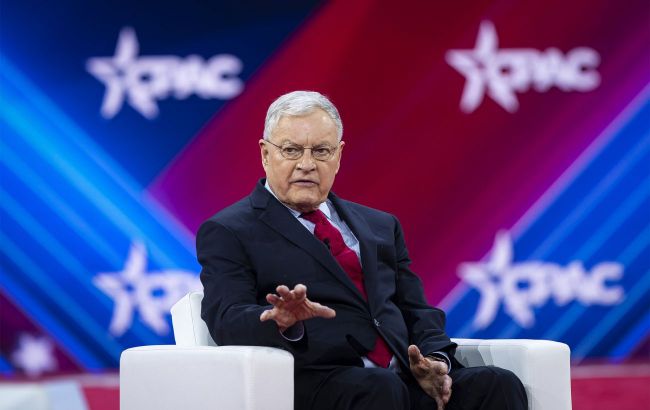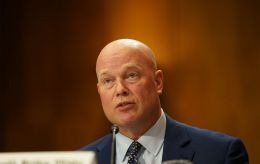Kellogg urges Marshall Plan for Ukraine as war's human cost exceeds Vietnam losses
 Photo: US Special Envoy to Ukraine Keith Kellogg (Getty Images)
Photo: US Special Envoy to Ukraine Keith Kellogg (Getty Images)
International partners must help Ukraine rebuild after the war by introducing a new Marshall Plan for the country. But this is a complex task, informs Ukrinform, citing US Special Envoy for Ukraine, Keith Kellogg.
During a discussion ahead of the international conference on Ukraine’s recovery, URC-2025, in Rome, he recalled that after World War II, the US launched the Marshall Plan for Europe. Kellogg said he believes the same approach should be taken for Ukraine, but acknowledged it would be a challenging task.
He then described the current situation as very complicated and stressed the need to achieve a ceasefire. Kellogg praised the actions of Ukrainian President Volodymyr Zelenskyy and his team "for how wisely they have behaved."
In his view, a ceasefire could indeed bring the war to an end. As a former soldier, Kellogg said it was hard for him to grasp the level of violence currently seen in Ukraine. He added that losing over a million soldiers amounted to industrial-scale killing and noted that civilians were dying and cities were being destroyed.
For comparison, the retired general recalled that the US Army withdrew from Vietnam after losing 68,000 soldiers. He emphasized that at that point, the US said, "Stop. Just stop."
Kellogg also noted that Ukrainians have now agreed to a ceasefire, but stressed it was a unilateral agreement.
Marshall Plan
The Marshall Plan was an economic aid program for Western European countries after World War II, initiated by the US in 1947. Its official name was the European Recovery Program (ERP).
The initiator was US Secretary of State George Catlett Marshall, after whom the plan was named. It was announced on June 5, 1947, in Marshall's speech at Harvard University.
The plan ran from 1948 to 1952. The aid amounted to about $13 billion (equivalent to over $150 billion in today’s prices). It included financial support, supplies of goods, machinery, raw materials, and food.
According to the National Bank of Ukraine, the probability of quickly implementing a large-scale reconstruction plan for Ukraine (akin to the Marshall Plan) currently stands at less than 15%. The National Bank of Ukraine did not include this scenario in its baseline macroeconomic forecast.

